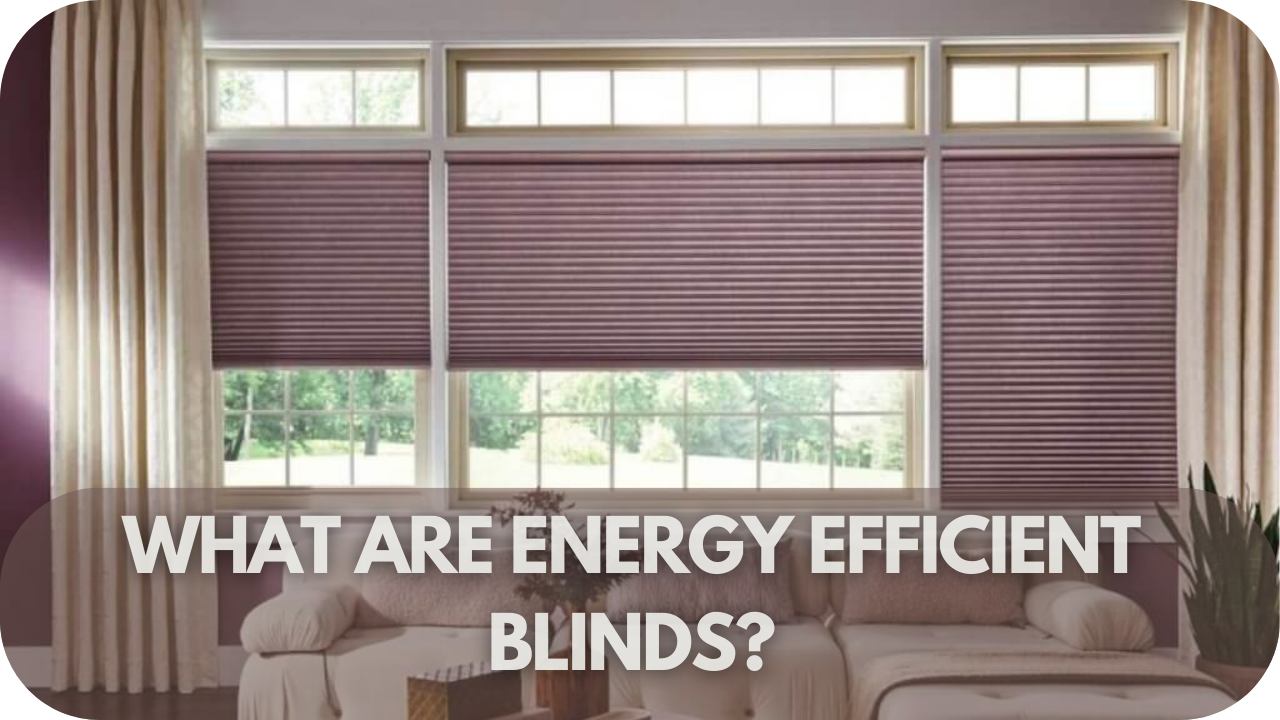I recently noticed how much my energy bills were creeping up, especially during extreme weather. That’s when I started looking for ways to make my home more energy-efficient and came across energy-efficient blinds.
Not only do they help regulate indoor temperatures, but they also add style to any room. Are you curious about how they work and whether they’re worth the investment? I was, too.
So, I investigated energy-efficient blinds to see how they can transform your home while saving you money.
What Are Energy Efficient Blinds?
Energy-efficient blinds are window coverings designed to help regulate indoor temperatures by reducing winter heat loss and blocking summer heat. They typically feature insulating materials or designs, such as honeycomb cells, to improve energy efficiency, lower energy consumption, and reduce heating and cooling costs in the home.
How Energy Efficient Blinds Work
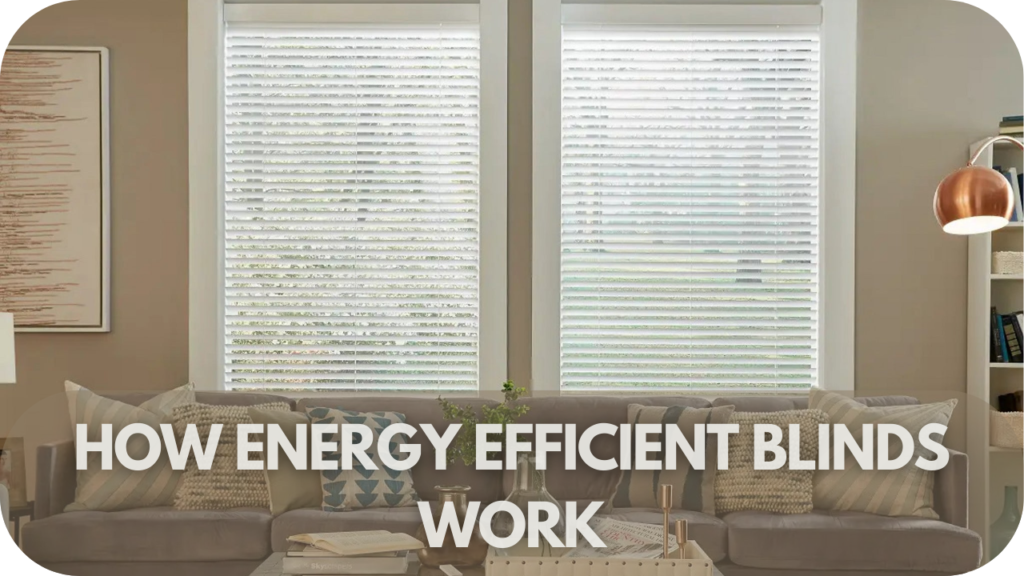
Energy-efficient blinds create an insulating barrier between the window and the home’s interior. Materials such as fabric, vinyl, or aluminium blocks reflect heat.
The construction of these blinds often includes multiple layers or cells that trap air, reducing heat transfer. Cellular shades, for example, have a honeycomb structure that traps air and increases the window’s R-value, making them highly effective at insulating against heat and cold.
The mechanisms of energy-efficient blinds are designed to be airtight, minimising gaps and preventing air leakage. This ensures that the conditioned air inside the home is retained while external heat or cold is kept out.
Types of Energy-Efficient Blinds
Choosing the right energy-efficient blinds can significantly affect your home’s energy consumption. Here’s a breakdown of the most popular Energy-Efficient blind types that reduce energy bills and enhance your home’s style.
1. Honeycomb/Cellular Blinds
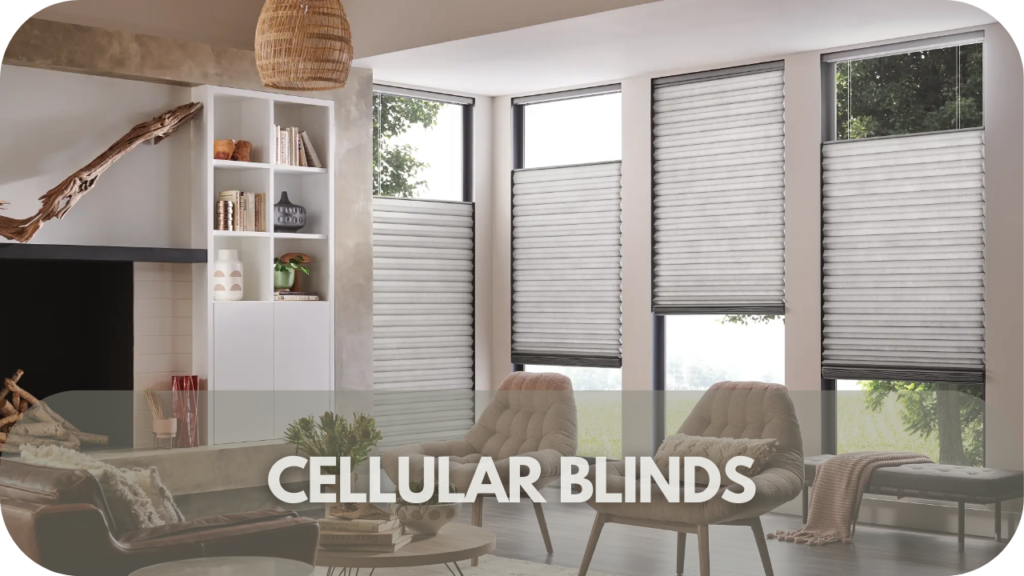
Honeycomb blinds are among the most energy-efficient options thanks to their unique cellular structure. The honeycomb design traps air within its cells, creating an insulating barrier that helps maintain room temperature.
This reduces heat loss during winter and prevents heat gain in summer, contributing to lower energy bills. Honeycomb blinds are ideal for rooms with large windows, offering excellent energy savings while still being available in various colours and opacities to match any décor.
2. Roller Blinds
Roller blinds made from thermal or solar fabrics can be energy-efficient. These materials help regulate indoor temperatures by reducing heat gain in summer and retaining warmth during colder months.
Solar fabrics, in particular, block harmful UV rays while minimising the heat entering the room. Their sleek, minimal design and easy operation make roller blinds a versatile option for enhancing energy efficiency in homes, especially in rooms with direct sunlight.
3. Roman Blinds
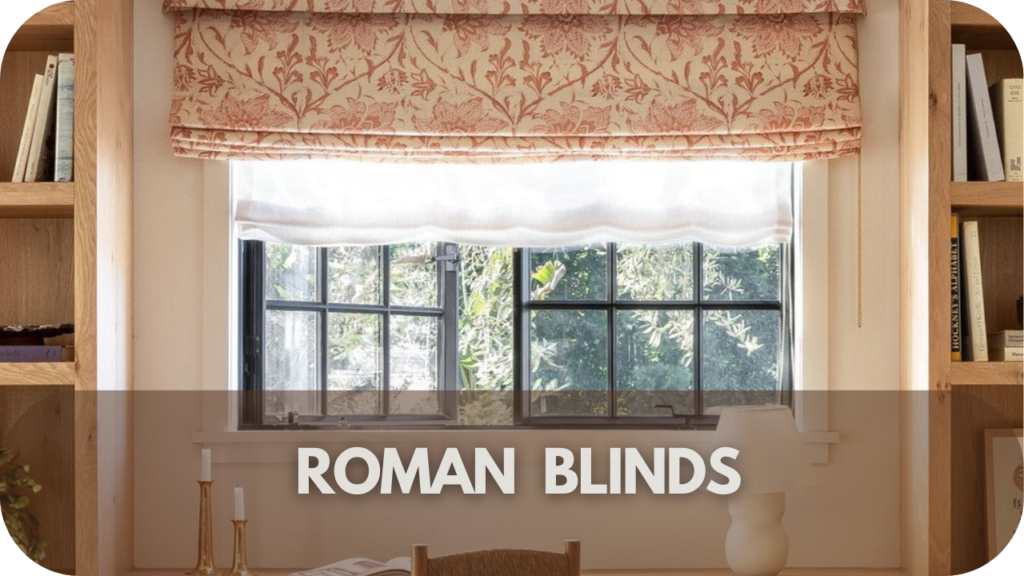
Roman blinds are stylish and energy-efficient, mainly when lined with thermal fabrics. The thick layers of fabric create an insulating effect, reducing heat loss during winter and blocking excess sunlight in summer.
Roman blinds are an excellent option for energy-conscious homeowners looking to improve insulation without compromising aesthetics. Combining functionality and style, Roman blinds help maintain a comfortable indoor climate while lowering energy costs.
4. Vertical Blinds
Vertical blinds, especially those made from insulated or reflective materials, can improve energy efficiency in homes with large windows or sliding doors. The vertical slats provide flexibility in light control, allowing for reduced heat gain in summer and better heat retention in winter.
These blinds are particularly effective for vast window expanses, offering energy savings and privacy. Vertical blinds are practical and easy to maintain, making them a functional choice for energy-conscious homeowners.
5. Plantation Shutters
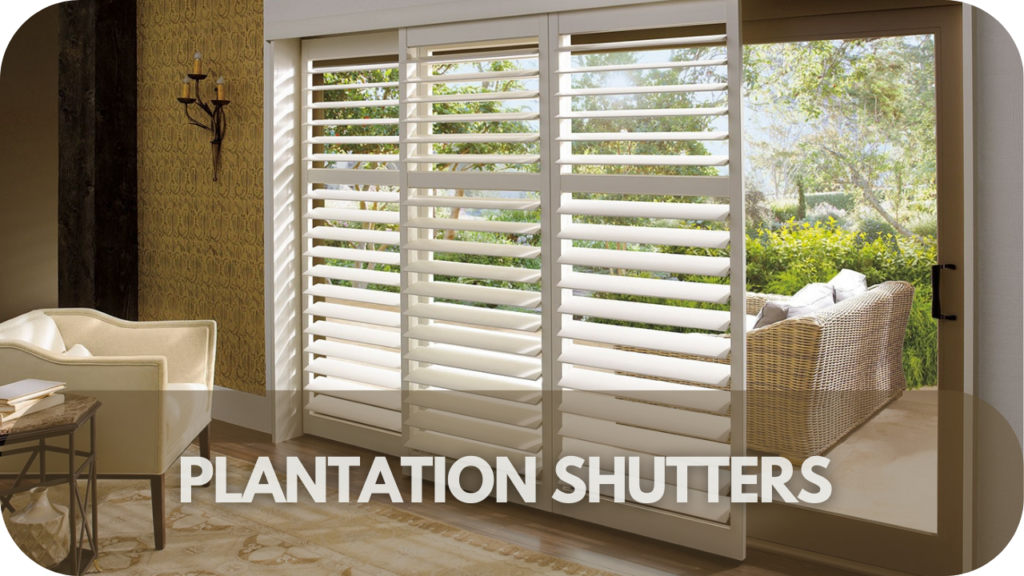
Plantation shutters offer excellent energy efficiency due to their solid construction and tight fit within the window frame. The adjustable slats allow for precise control over light and airflow, helping to keep rooms cooler in summer and warmer in winter.
This reduces the need for additional heating or cooling, saving energy. Plantation shutters improve insulation and add timeless style to any home, making them functional and decorative.
Benefits of Energy-Efficient Blinds
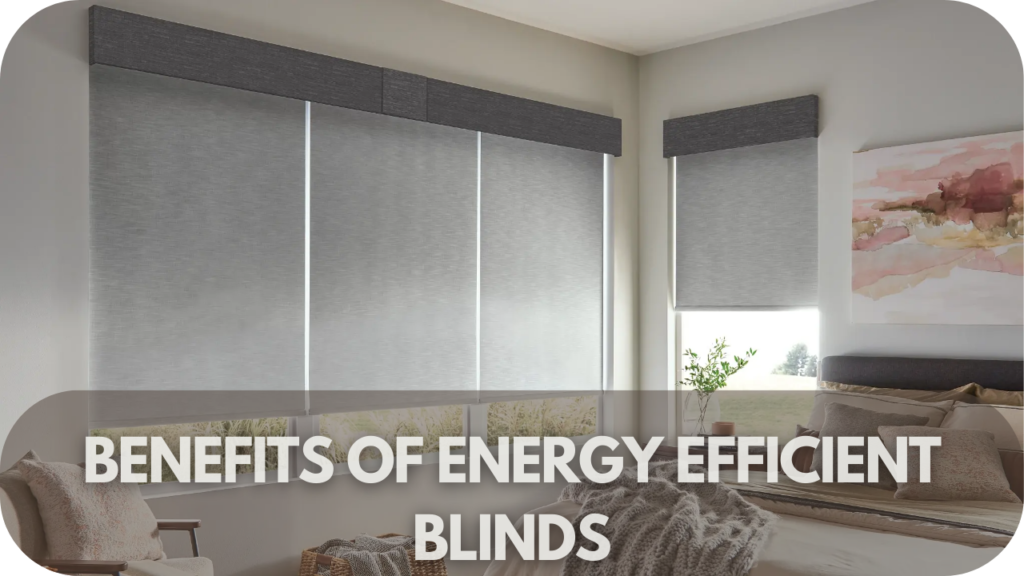
Energy-efficient blinds offer a simple, stylish solution beyond window coverage—they insulate, protect, and save you money. Ready to learn how?
- Lower Energy Bills: Energy-efficient blinds help maintain a consistent indoor temperature by reducing heat loss in winter and blocking heat in summer, reducing reliance on heating and cooling systems and lowering energy costs.
- Improved Insulation: These blinds are a barrier between your home and the outside environment, providing extra insulation and keeping rooms comfortable year-round.
- UV Protection: Energy-efficient blinds can block harmful UV rays, protecting furniture, flooring, and other interior elements from sun damage, prolonging their lifespan.
- Enhanced Comfort: Energy-efficient blinds regulate indoor temperatures, creating a more comfortable living environment by reducing drafts and hot spots.
- Eco-Friendly: Reducing energy consumption lowers your home’s carbon footprint, making energy-efficient blinds an environmentally friendly choice.
- Light and Privacy Control: Many energy-efficient blinds offer versatile light control, allowing you to manage privacy and natural light levels while improving energy performance.
Choosing the Right Energy-Efficient Blinds
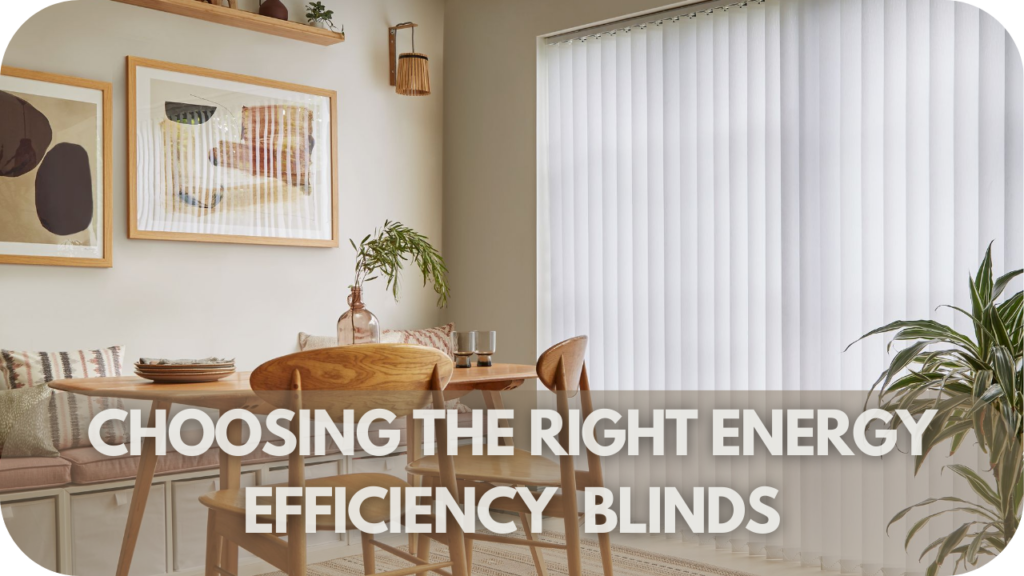
Choosing the right energy-efficient blinds can transform your home into a more comfortable and cost-effective space. Here’s how to make the best choice:
- Assess Insulation Needs: Honeycomb blinds offer top-notch insulation, perfect for temperature extremes. Their cellular structure traps air, helping regulate indoor temperatures.
- Consider Window Size: Vertical blinds are ideal for large windows or sliding doors. They cover vast areas efficiently while improving energy savings.
- Think About Style: Roman blinds add a classic, elegant touch to any room. To maximise energy efficiency, opt for thermal-lined fabrics.
- Minimalist Preference: Roller blinds from solar or thermal fabrics offer a sleek, modern look while blocking heat and UV rays.
- Durability Matters: Plantation shutters provide excellent insulation with a timeless appeal. Their snug fit reduces drafts and helps maintain room temperature.
- Combine with Curtains: Layering energy-efficient blinds with thermal curtains can further boost insulation and style.
Installation And Maintenance Tips
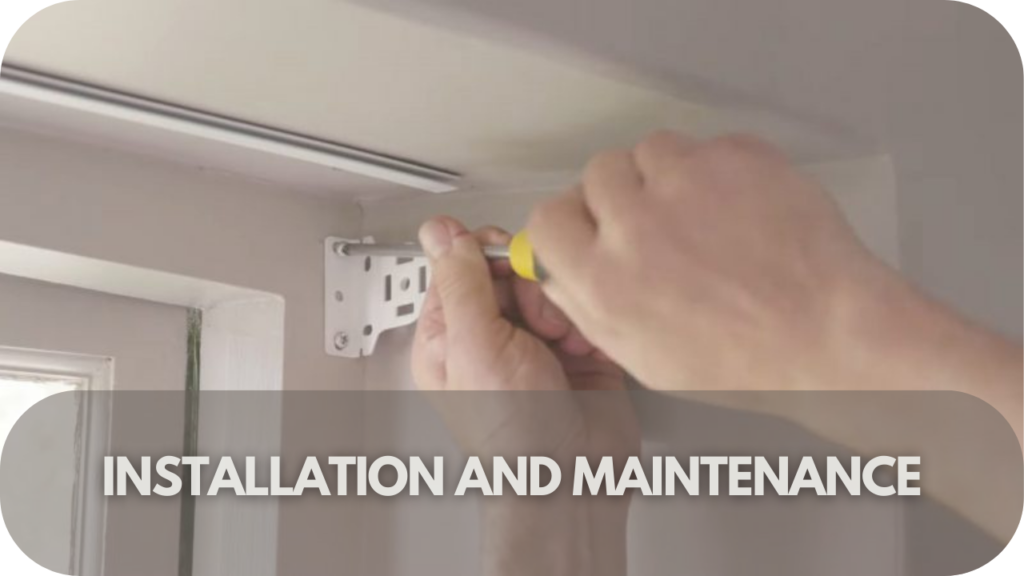
Accurate measurements are crucial for successfully installing energy-efficient blinds, whether you choose inside or outside mounts. Following the manufacturer’s instructions ensures proper setup and long-term functionality.
Professional installation is advisable for motorised or complex blinds, as it guarantees a perfect fit and handles technical setups like motorisation and smart home integration.
Regular cleaning is essential to maintaining your blinds. Use a soft cloth or vacuum with a brush attachment. Fabric blinds should be spot-cleaned with mild detergent, while complex blinds can be wiped with a damp cloth.
Additionally, check for signs of wear, such as frayed cords or loose brackets, and address issues promptly to prevent further damage. For motorised blinds, ensure the motor and power connections work smoothly, and the power source is well-maintained. Proper care ensures longevity and performance.
Conclusion
Energy-efficient blinds are more than just window coverings—they’re a wise investment for your home’s comfort and energy savings. Ready to reduce those energy bills and enjoy a cosier living space?
Explore our range at Into Blinds, Australia’s most trusted window treatment specialists. With expert advice and unbeatable quality, now’s the perfect time to upgrade. Don’t wait—your home (and wallet) will thank you! Contact us today for a consultation.

